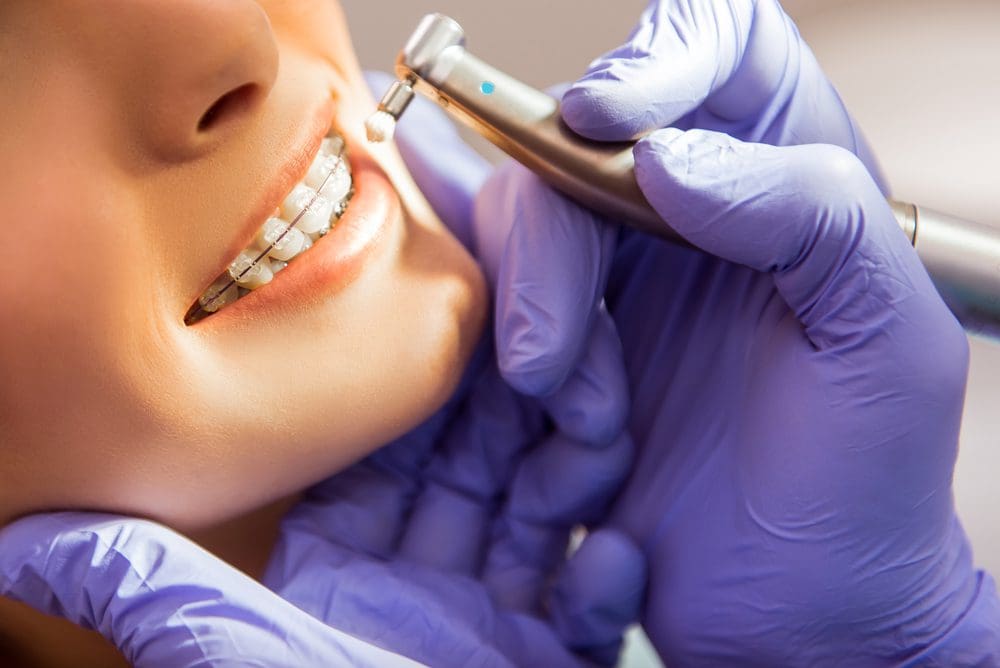How Cumming Orthodontics Addresses Common Braces and Invisalign Concerns
How Cumming Orthodontics Addresses Common Braces and Invisalign Concerns
Blog Article
Comprehensive Guide to Orthodontics Procedures for Dealing With Oral Misalignments
Recognizing the complexities of each treatment, including their devices, advantages, and possible drawbacks, is critical in making notified choices about one's orthodontic treatment. As we browse via the detailed overview to orthodontic procedures for correcting dental imbalances, the elaborate details of each technique will unravel, dropping light on the path toward a practical and unified oral placement.
Orthodontic Procedures Introduction

Routine adjustments and tracking are critical parts of orthodontic therapy to make certain progress is on track and to make any kind of necessary adjustments along the means. By undergoing orthodontic treatments, people can not only achieve a straighter smile however also improve their total oral wellness and function.
Conventional Dental Braces: Exactly How They Function
When thinking about orthodontic therapies for oral imbalances, typical braces attract attention as a reliable method for dealing with teeth placing. Typical dental braces contain braces, cables, and bands that collaborate to use continuous stress on the teeth, slowly relocating them into the desired alignment. The brackets are affixed to the teeth using a special adhesive, and the wires are threaded with the braces. By readjusting the stress of the cables, orthodontists can control the instructions and force applied to each tooth, leading them right into proper positioning gradually.
As stress is used to the teeth with the dental braces, the bone bordering the teeth is reshaped to support the new tooth placements. People will certainly need regular adjustments at the orthodontist's workplace to make certain the braces proceed to apply the correct stress for efficient teeth motion.
Invisible Aligners: Cons and pros
These clear, customized trays are essentially invisible when used, making them an attractive alternative for people seeking a much more cosmetically pleasing orthodontic treatment. Patients can eliminate the aligners before eating or brushing their teeth, minimizing the risk of food obtaining stuck in the home appliance and simplifying the cleansing process.

Surgical Orthodontic Options
Surgical interventions in orthodontics existing feasible choices for addressing intricate oral imbalances that might not be successfully resolved with conventional orthodontic treatments. While standard dental braces and unseen aligners can deal with numerous orthodontic issues, specific cases need surgical treatment to accomplish optimum results. Surgical orthodontic choices are usually advised for severe malocclusions, considerable jaw discrepancies, and cases where the underlying bone framework requires alteration to accomplish proper placement.
One common medical orthodontic treatment is orthognathic surgery, which entails rearranging the jaws to fix practical issues such as problem speaking or eating. This surgical procedure is typically executed in cooperation with an orthodontist that assists align the teeth prior to and after the treatment. Surgical orthodontics might likewise involve treatments to reveal impacted teeth, eliminate excess periodontal tissue, or improve the jawbone to create an extra harmonious facial account.
Prior to thinking about surgical orthodontic options, patients go through a thorough analysis to additional resources establish the need and potential benefits of such interventions. orthodontics. While surgical procedure may appear challenging, it can considerably boost both the function and looks of the smile in cases where traditional orthodontic treatments fall short
Retainers and Post-Treatment Treatment

Failing to conform with post-treatment care guidelines can result in relapse, where the teeth progressively move back towards their original positions. Regular retainer wear, great dental health, and regular dental check-ups are important for maintaining the outcomes accomplished through orthodontic surgical procedure and making certain the long-lasting stability of the corrected oral placement.
Conclusion
In verdict, orthodontic Go Here treatments offer different choices for correcting oral imbalances. Surgical orthodontic choices are offered for extra extreme imbalances. Overall, orthodontic treatments can effectively enhance dental wellness and visual look.
As we browse with the extensive overview to orthodontic procedures for correcting oral imbalances, the detailed information of each technique will certainly unfold, shedding light on the course towards a useful and harmonious oral positioning. - aligners
One of the most usual orthodontic therapies is the usage of braces, which are composed of metal brackets and cords that apply gentle stress to slowly change teeth into the wanted position.When thinking about orthodontic therapies for dental misalignments, conventional dental braces stand out as a time-tested technique for remedying teeth positioning. Furthermore, invisible aligners might not be appropriate for complicated orthodontic problems that need more considerable teeth motion, as they are commonly suggested for mild to modest walk in dentist office situations. Retainers are customized orthodontic devices made to hold teeth in their fixed placements after the completion of orthodontic therapy.
Report this page